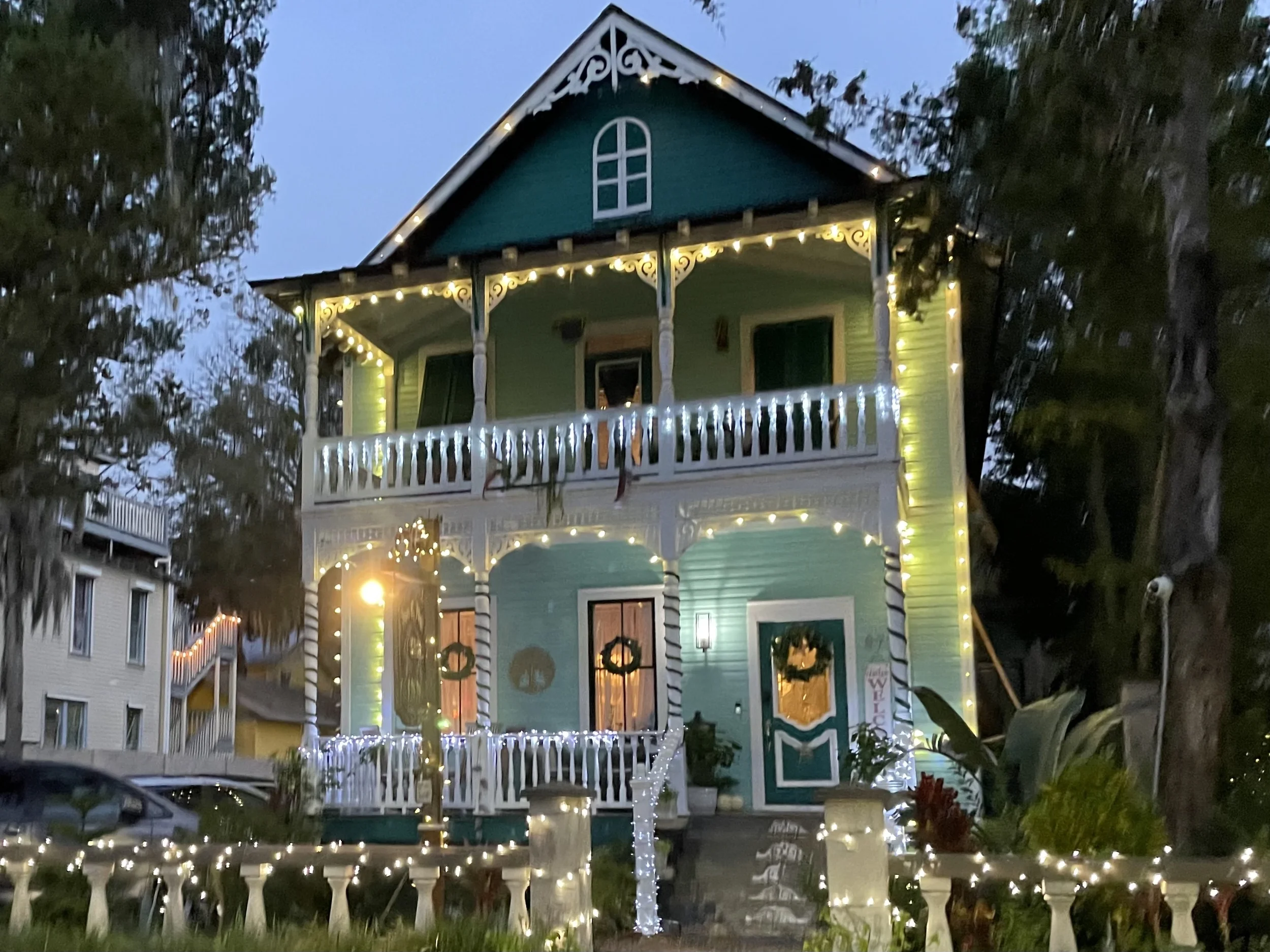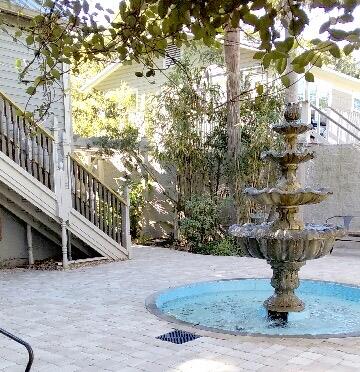In 1845, Florida became part of the United States but in 1861 seceded from the Union and became part of the Confederacy. In 1862, St. Augustine surrendered to the Union forces and was occupied peacefully for the balance of the Civil War.
The end of the war marked the beginning of St. Augustine as a place to visit. Its Spanish-styled architecture, its outstanding natural surroundings and its perfect climate made St. Augustine a favorite of northern visitors.
Henry M. Flagler saw the city's enormous potential and purchased a railroad to bring passengers from New York to St. Augustine. The ride took less than 24 hours. His two grand hotels, the Ponce de León Hotel and the Alcazar, were grand enough to attract the rich and famous. St. Augustine was definitely on the map!

